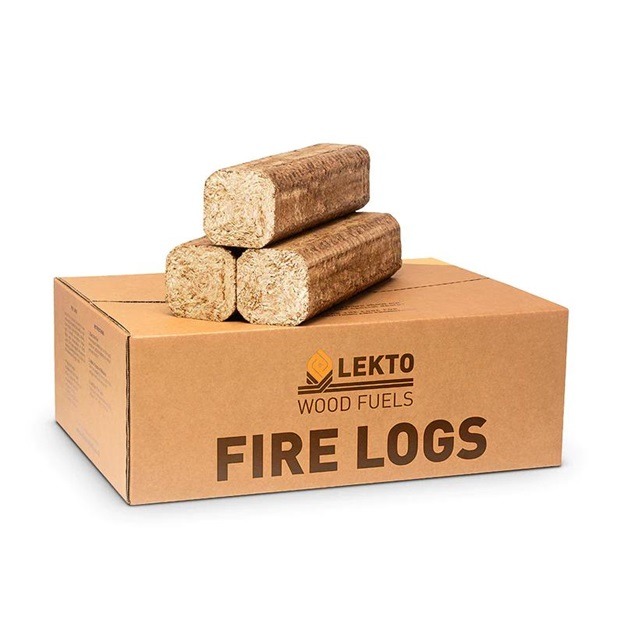1. Components of wood
There are many different components of wood fuel products, and each one has its own particular properties. Their chemical composition, moisture content, density, hardness, and amount of solid carbon vary widely.
The composition also affects their melting and slagging behaviors. In addition, wood fuel products vary in their proportions of wood, bark, and foliage.
Traditionally, wood fuel products were used locally and for some Fire logs, but large-scale international trade is only a few decades old. As a bulky product, wood fuels are generally used closer to the source.
However, technological advancements have made them more efficient and more cost-effective to transport and store. This has given rise to new supply patterns in the wood energy industry. Today, countries surrounding the Baltic Sea region have some of the highest bioenergy shares in Europe.
2. Processes involved in producing wood fuel products
Wood fuel products are produced from wood by a variety of processes. Some of these processes include burning wood to generate heat or electricity. In many areas, wood fuel products are also used in the manufacture of food and other goods. However, the use of these fuels varies widely between regions. For example, some countries use wood for fuel, while others make charcoal.
The conversion of wood fuels to energy occurs in two different processes: direct combustion or co-firing. Direct-firing is the most common process, while co-firing requires less pre-processing. In addition to burning, the woody feedstock is also converted into biofuels, such as ethanol and biodiesel.
3. The energy content of wood fuel products
Wood fuel products are a natural source of energy. They are made from Carbon, Nitrogen, and Oxygen. Their energy content is generally around 19.2 GJ/tonne of dry matter. In addition, wood fuel contains a small amount of moisture, so its energy content is lower. On a Btu basis, wood fuel contains 9.42 GJ of energy. Wood fuel is available in a variety of forms, such as pellets and wood chips. To heat an average house, you would need to burn about two hundred and fifty kilograms of wood pellets or wood chips. In comparison, burning oil or propane would require approximately 1000 liters of oil.
The energy content of wood fuel products varies widely, depending on the region. In Africa, wood is the primary source of energy for large parts of the population. Many wood fuel products are converted into charcoal. Charcoal has a higher heating value than fuelwood, is easier to transport, and uses less energy. It is also more versatile and produces fewer emissions of small particles.
4. Environmental impact of wood fuel products
Wood fuel products are a sustainable, renewable alternative to fossil fuels for heating and electricity. They reduce emissions, reduce water content, and reduce transportation costs. Compressing wood to a higher density can eliminate 30 to 70% of its water content. This reduces the amount of fossil energy needed to transport wood, which represents only a small fraction of the fossil fuel used today.
Wood, along with other biomass fuels, reduces greenhouse gas emissions. It also helps reduce energy consumption, which is crucial to the global warming problem. As such, wood fuel products have a high monetary value.
5. Cost of wood fuel products
Wood fuel products are a great option if you are looking for a more environmentally friendly way to heat your home. You can save a considerable amount of money by using them instead of gas, propane, or electricity. If you’re considering switching to wood heat, you may be wondering how to compare the cost. The best way to compare wood fuel products to other heating options is to calculate the cost per kilowatt-hour (kwh) equivalent. You can use this method to compare the cost of wood to the cost of natural gas, propane, or electricity.
Wood pellets, compressed logs, and wood pellets are common types of wood fuel products. These fuels can be easily stored and provide a clean, renewable energy source. Wood pellets are typically made from high-quality wood waste and are an environmentally friendly alternative to fossil fuels.

